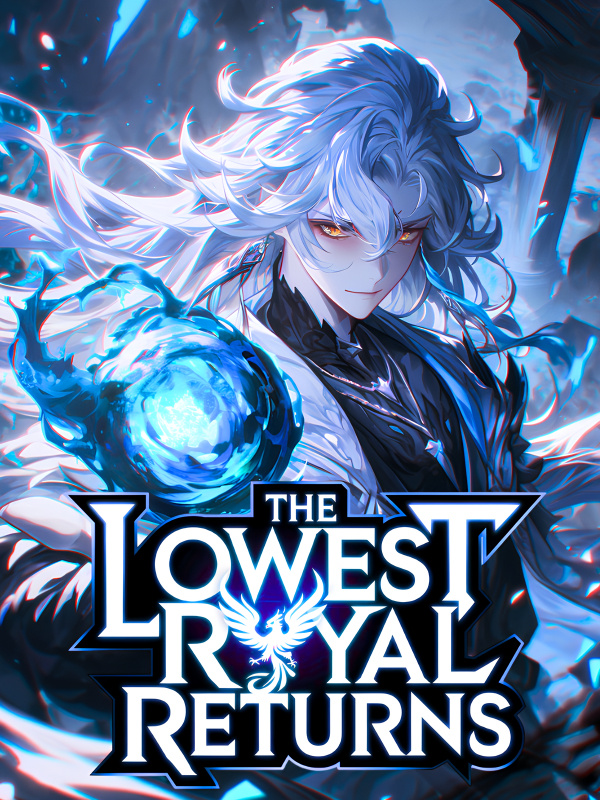©Novel Buddy
Love Affairs in Melbourne-Chapter 55 - 53 The Obsession with Brands
Chapter 55: Chapter 53 The Obsession with Brands
"It’s not like that, Cousin wants to create a luxury brand, and if it’s shoes, then we’re talking about the kind where a casual pair goes for thousands, even tens of thousands," Yan Yan continued to explain.
"In that case, it’s even less possible," Yan Dabang countered, citing Wenzhou’s most famous two shoe companies. "A casual pair costing thousands? Even Aokang and Kangnai can’t sell for that much, and they are already very good domestic leather shoe brands, aren’t they?"
"Yes, and that’s why the problem lies with the words ’domestic.’ When those two companies started their brands, they were based in our own country.
During the era when these two Wenzhou leather shoe brands were established, probably not even their founders ever thought about creating an international fashion brand.
Their main method of exporting was OEM.
Moreover, those two brands have never really been fashionable.
They just focused on quality, selling shoes quietly, managing to sell eight or nine million pairs of leather shoes a year, triumphing through quantity. fгeewёbnoѵel.cσm
They worked their way up from the lower end of the market, which is closely related to the era they were in.
Back in the 1980s and 90s, it was difficult for people in our country to even travel abroad, unlike now, with Chinese students and businessmen all over the world," Yan Yan concluded.
"You two kids, always coming up with one idea after another," Yan Dabang was at a loss for words, "I run a factory, and I don’t understand all this fashion talk. But one thing is certain, there’s no domestic shoe brand that can sell for that much."
"Dad, you’re right, there isn’t a luxury brand from our country recognized in the fashion field, but that’s exactly the problem, why can’t we have one?" Yan Yan challenged her father.
Before Yan Dabang could think of how to answer his daughter’s question, Yan Yan launched into a lengthy discourse:
"Look, porcelain used to be the most representative of Chinese exports.
Porcelain—capitalized ’China’ in English—is synonymous with our country, which certainly makes it an iconic Chinese export.
At the dawn of the Silk Road, owning Chinese porcelain was a symbol of noble status in Europe; ’china’ back then was synonymous with fashion and luxury.
However, nowadays, when luxury consumers in Europe think of porcelain, they only recall Hermes’ home products and Royal Copenhagen porcelain (note 1).
We Chinese have nothing to do with it anymore.
Apart from the centuries-old porcelain fetching sky-high prices in the collectibles market, Chinese porcelain is virtually synonymous with everyday life and cheap supermarket finds.
Where did those luxury brands’ porcelain-making skills come from? Weren’t they learned from us in China?
I’ve even bought Royal Copenhagen porcelain myself; just a marketing spin on being handmade. The technical and fine craftsmanship is pretty ordinary, yet the price of a single plate could buy hundreds, even thousands from Jingdezhen.
Not to talk of distance, Aokang is already a standout in marketing in China’s shoe industry, whether it’s representing Chinese manufacturing in winning the anti-dumping suit against the European Union or being the leather goods supplier for the 2008 Beijing Olympics, all these became chips for Aokang to enter international markets.
Yet, even so, Aokang’s leather shoes only average around 60 to 70 US dollars in the Europe and American markets.
Moreover, companies like Aokang that focus on top-quality without raising prices are not acknowledged by Europeans.
The cheaper you sell, the more they disdain it. They won’t thank you for your ’honest business’ and will even feel that your low prices are undermining their ’national industry,’ leading to targeted discrimination.
This is why domestic shoe companies face an arduous path in global development, constantly dealing with the European Union imposing anti-dumping duties for no reason or declaring that Chinese shoes don’t meet international standards like those from SATRA (note 2).
Not to mention, shoes that Cousin’s family manufactures as an OEM, making a profit of one US dollar per pair is already the top OEM order.
But once these shoes are shipped to Italy and repackaged, the brands increase the profit by hundreds of times.
That’s the difference between being upstream and downstream.
Why have they reached upstream while we’re still stuck downstream?
Why can’t our shoes sell for thousands, tens of thousands?
Why?" Yan Yan finally concluded her monologue.
"Those are all big brands with history and stories.
Without a brand, no matter how good your quality is, you can’t sell at such high prices.
Besides the brand, there’s also the designer, the R&D centers, and a whole production chain.
Business is about mutual consent, not just because you want to sell at a high price does it mean people will buy," Yan Dabang felt Yan Yan’s ideas were still somewhat naive.
"Dad, look, just a few words from you and you hit the nail on the head.
How can you say you don’t understand anything?
The crux of the matter lies in these two words: brand.
The common goal my cousin and I share is to establish a Chinese brand with a story in Europe," said Yan Yan as she discussed her initial plans with her father.
...
Qi Yi:
Aren’t you going a bit too far? Your choice of when to ’decline to comment’ and when to ’respond directly’ is just too perfect, isn’t it? If you’re going to behave like that, you can’t say you’re not betraying me!
If Jin Jin really comes after me, I’ll come after you.
If you do something like this again, believe me or not, I won’t reply to your messages for two days.
You definitely did it on purpose!
If you make our classmates think I’m hiding you again, I’ll really get angry, you know—really angry!
Since it’s your first offense, I’ll let you off easy this time.
...
Grandpa:
Reply=>
As for deeply cultivating the fashion industry, I don’t have a mature idea yet. I need to see what resources I can integrate before considering how to enter the fashion industry.
I’ve only started thinking about this in the past two years, so it’s not something I can explain in a few words. Next time we meet, I’ll talk to you about my ideas in detail.
If you’re particularly interested in the fashion industry, I can share my personal views at this stage.
I think that fashion and the economy have always been closely linked. After a country’s economy experiences rapid growth for 20 or 30 years, it often becomes a hotbed for fashion.
Take the simplest example: after World War II, Japan’s economy went through a long period of swift growth. By the 60s and 70s of the last century, many Japanese designer brands had gained international prominence.
Starting with Japan’s first fashion designer "Madam Butterfly" Hanae Mori, other internationally renowned Japanese designer brands like Issey Miyake, Yohji Yamamoto, and Kenzō emerged during that period.
The 60s and 70s were the era of globalization for Japanese designers.
The aforementioned Issey Miyake, Yohji Yamamoto, and Kenzō are still active on the international fashion stage to this day.
One common feature among these three brands is that their designers all started their fashion dreams in Paris, the capital of fashion.
I believe that the next decade will belong to Chinese and Chinese heritage designers, and I want to be a part of that history.
Beyond that, I don’t have any more developed ideas.
Don’t worry, whether you’re knowledgeable about fashion or not, I will try my best to include you in my thinking in the future.
Just like you said, we need to discuss when our completely divergent life paths could converge.
Question=>
Did you clear up the misunderstanding about you hiding me with our classmates?
...
note 1:
When it comes to Hermes, the best-known items are of course the Kelly Bag and the Birkin Bag that can cost hundreds of thousands, but Hermes’ home products are also very comprehensive.
Those who have read Xiao Mo’s "Chance Meeting with a Perfumer" might remember why the H from Hermes is pronounced ’air-mez’ instead of ’her-mez,’ right?
note 2:
SATRA is a global footwear research organization established in the United Kingdom in 1919. Most of the world’s well-known shoe brands are members of SATRA.

![Read The Royal Military Academy's Impostor Owns a Dungeon [BL]](http://static.novelbuddy.com/images/the-royal-military-academys-impostor-owns-a-dungeon-bl.png)





